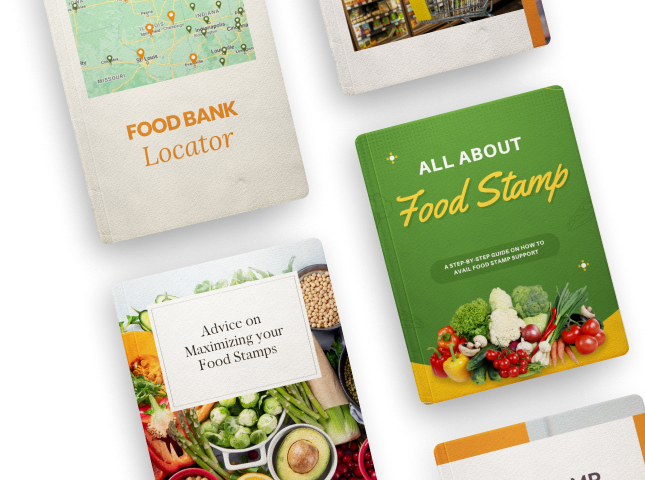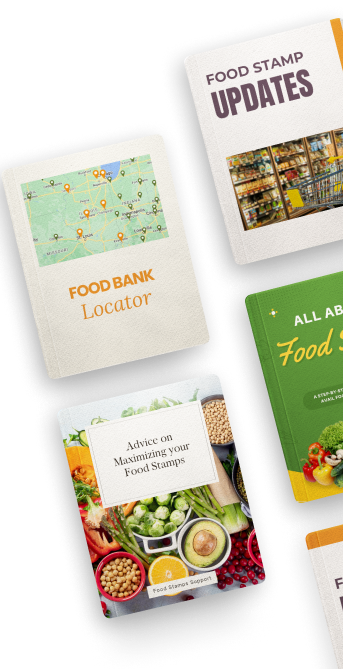A Lifeline for Millions: The Continuing Evolution of SNAP Benefits
For many American families, the Supplemental Nutrition Assistance Program (SNAP), commonly known as food stamps, serves as a critical lifeline.
SNAP provides monthly benefits for groceries to those in need, helping millions put food on the table. However, the program is not without its challenges.
States regularly work to improve SNAP policies and procedures to better serve recipients, increase efficiency and meet rising demand.
The COVID-19 pandemic put enormous strain on SNAP programs across the country. As unemployment spiked, SNAP applications surged. Many states saw backlogs in approvals and struggled to process the high volume of requests.
In response, emergency federal funds provided SNAP recipients the maximum monthly benefit amount. But those funds are now ending, meaning households will see a drop in aid come March 2023.
While the pandemic highlighted weaknesses in some states’ SNAP infrastructure, it also showcased the program’s essential role. For families facing job or income loss, SNAP benefits made the difference in affording groceries during difficult times.
Looking ahead, states aim to build on SNAP’s success by improving accessibility, streamlining the application process and updating benefit amounts.
Some states are exploring the use of technology like artificial intelligence and chatbots to speed up SNAP approvals and better communicate with applicants.
Others are hiring more staff to handle increased demand. Benefit amounts are also regularly re-evaluated based on factors like cost of living and household need.
The goal is a SNAP program that is responsive, efficient and provides meaningful aid.
For over 50 years, SNAP has lifted millions out of hunger and poverty. While the program continues to evolve, its mission remains the same: providing nutrition assistance to low-income families and individuals.
With the right policies and resources in place, SNAP can achieve its goal of helping all those in need put food on the table. For families facing hardship, SNAP is often the difference between hunger and hope.












